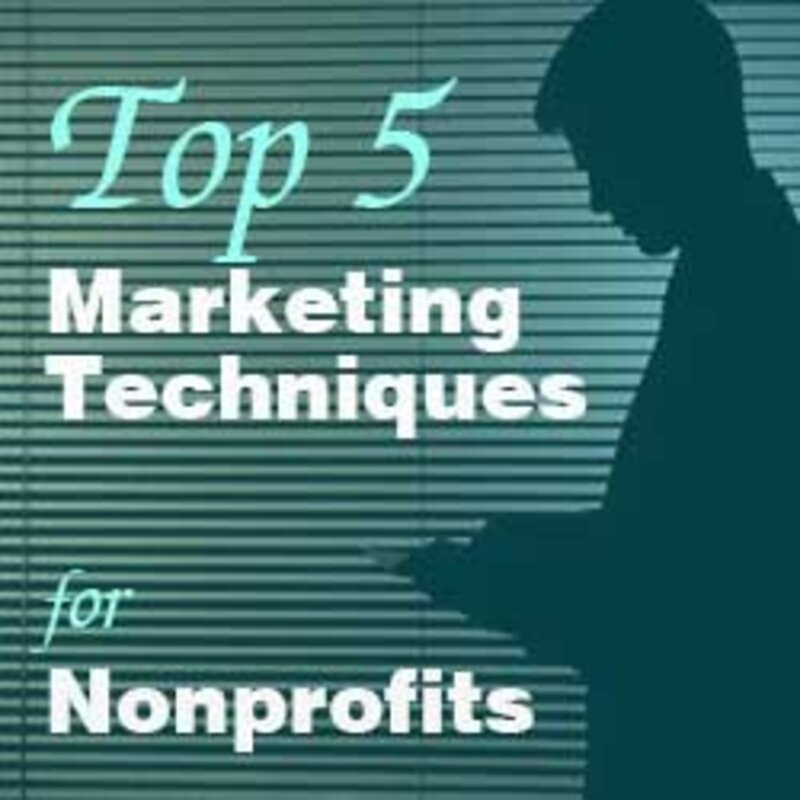
September 19, 2017
Top Five Marketing Techniques for Nonprofits
By Michael Layne More than ever, nonprofits are battling for the attention of not only those they service, but also from donors, foundations, business and civic leaders, members and voluntee
By Michael Layne
More than ever, nonprofits are battling for the attention of not only those they service, but also from donors, foundations, business and civic leaders, members and volunteers.
It is important for a nonprofit to frequently communicate with its constituency to maintain top-of-mind awareness before those who are essential to its success.
A nonprofit is tasked with doing “good work”; at the same time, it also must generate the revenue necessary to fund its mission. And fundraising requires a clear, targeted and ongoing marketing campaign.
There are many inexpensive marketing tools that are available to help a nonprofit communicate more effectively, but they do require knowledge and effort to be effective.
Here are some proven and cost-effective techniques that can help a nonprofit successfully reach its key audiences:
- Rethink direct mail: Even at the nonprofit discount rate, nonprofits spend small fortunes on direct mail. An affordable and effective alternative is email. There are numerous web-based software programs – My Emma and Constant Contact to name two – that can assist both small and large organizations with database management and message dissemination. What’s great about some of these programs is that your message avoids the pitfall of getting relegated to “junk” or “spam” mail. It also will self-maintain your recipient list by deleting addresses that no longer exist or of those who wish to be deleted. Lastly, the intelligence it provides regarding which recipients opened the email and what they read, is valuable information.
- Traditional media is alive and well and loves a good story: A few years ago, the mantra was “the media is dead.” The reality is that most communities are serviced by at least one major daily newspaper as well as weekly newspapers; two to four local television networks; radio talk shows; city magazines; ethnic media outlets; and local online websites. Nonprofits need to form meaningful relationships with the media who are generating content 365 days a year and looking for good stories. Nonprofits have good stories to tell. Learn how to be good storyteller: describe what you do and who you service in a one-page “pitch” letter; send it to your local columnists and television and radio talk show hosts; and ask for an informal meeting. You’ll be surprised by the results.
- Optimize your website: Too many nonprofits abide by the slogan, “if you build it they will come” when it comes to their websites. A good website is necessary, but unfortunately doesn’t always reach your audience as they are not going to visit frequently. To drive new traffic to your site, search engine optimization (SEO) utilization must be employed so people can find your site in the first place. To increase repeat visits, content needs frequent refreshing. It should be easy for visitors to contact you and the website should compel visitors to enter their emails. Social media icons should be displayed prominently to make it easy for viewers to “like” your nonprofit and engage in dialogue. One caveat: many nonprofits build large databases of Facebook “friends.” Realize that that having 5,000 friends doesn’t mean all 5,000 will see your message posts, just a percentage. Advertising may be required to increase message dissemination on Facebook.
- Frequency, frequency, frequency: If your media outreach efforts result in an article, radio or television spot, don’t stop there. Display the placement on your website and social media and attach it to an email to your targeted audience. Also, remember there is a world of media and one good feature does not a media campaign make. Maintain a presence; frequency is the name of the game. The same is true of websites – they should not be static “electronic brochures.” A website can be an interactive go-to source of information for viewers if it is frequently updated with fresh and relevant content.
- Virtual is not always best: We have some wonderful tools at our fingertips today to make things easier and more cost-efficient, but keep in mind that for nonprofits, nothing beats face-to-face contact. Nonprofits are generally in the human services business and in-person meetings can go a long way to forming or strengthening connections. Arrange small luncheons and walking tours with members, donors, and civic and business leaders. Events where you make personal contact with your supporters are immensely important.
Read the complete story here.[/fusion_builder_column][/fusion_builder_row][/fusion_builder_container]
Share This Story, Choose Your Platform!
Marx Layne is your competitive advantage.
Your reputation and success are our only concerns.

